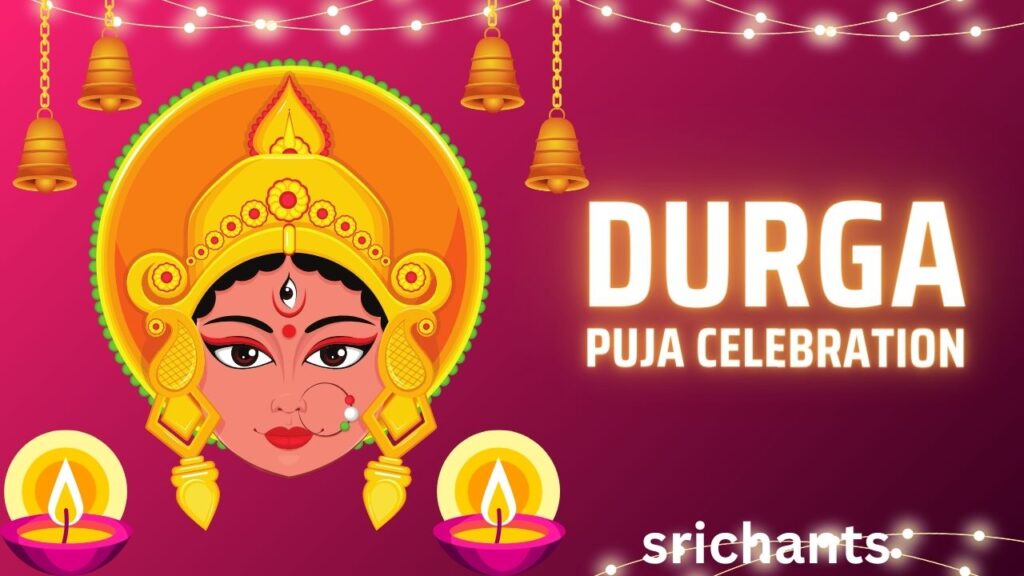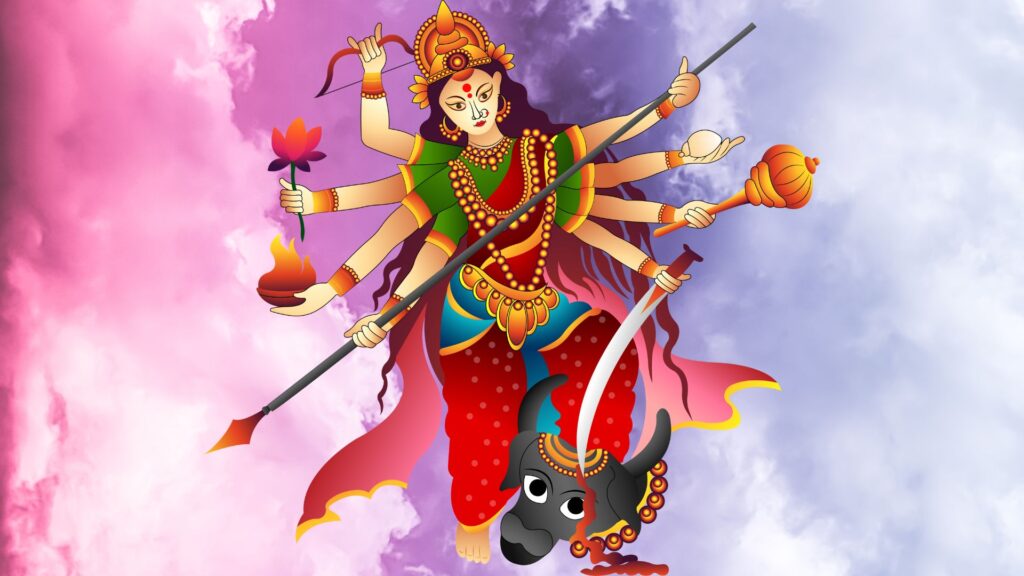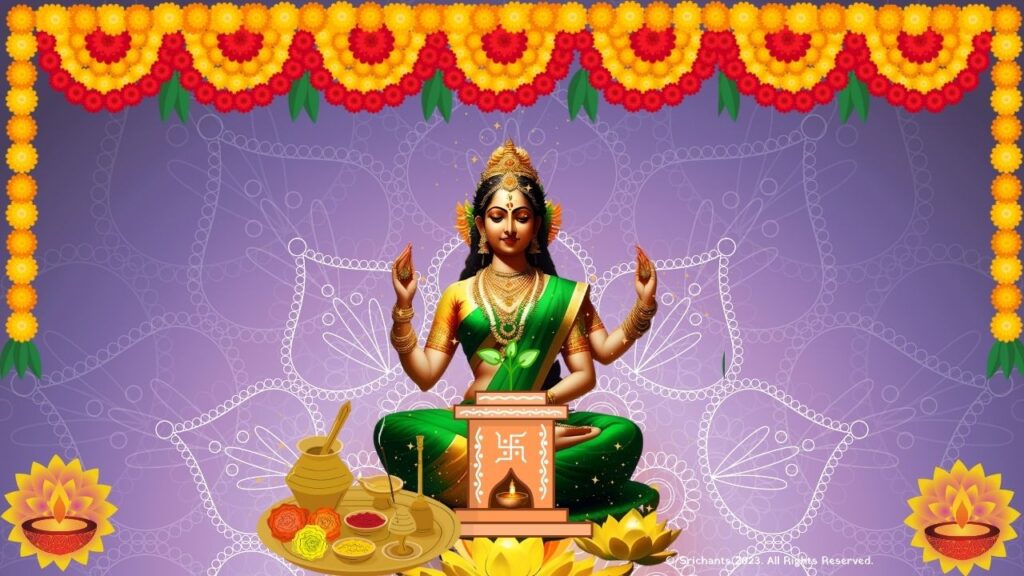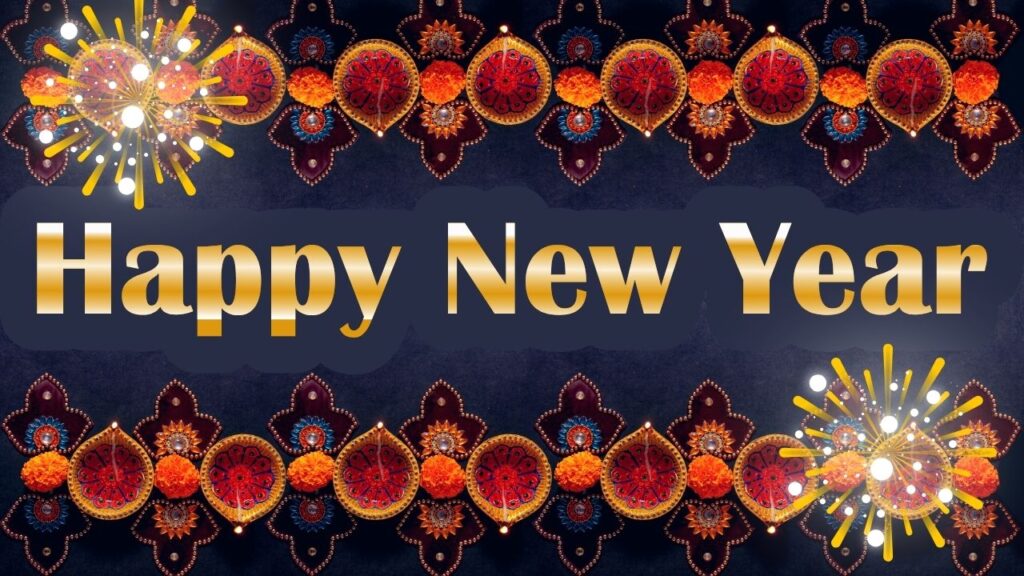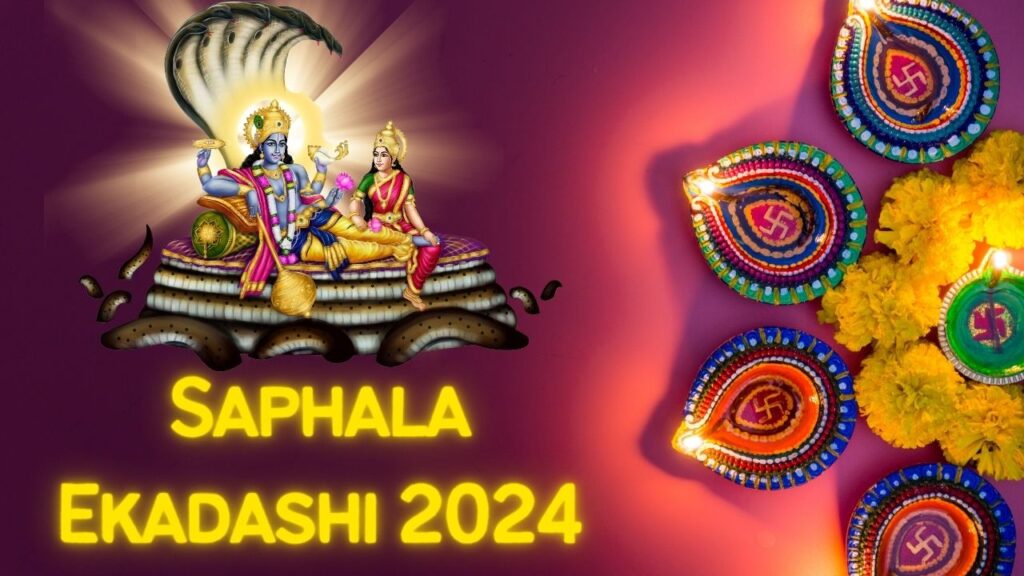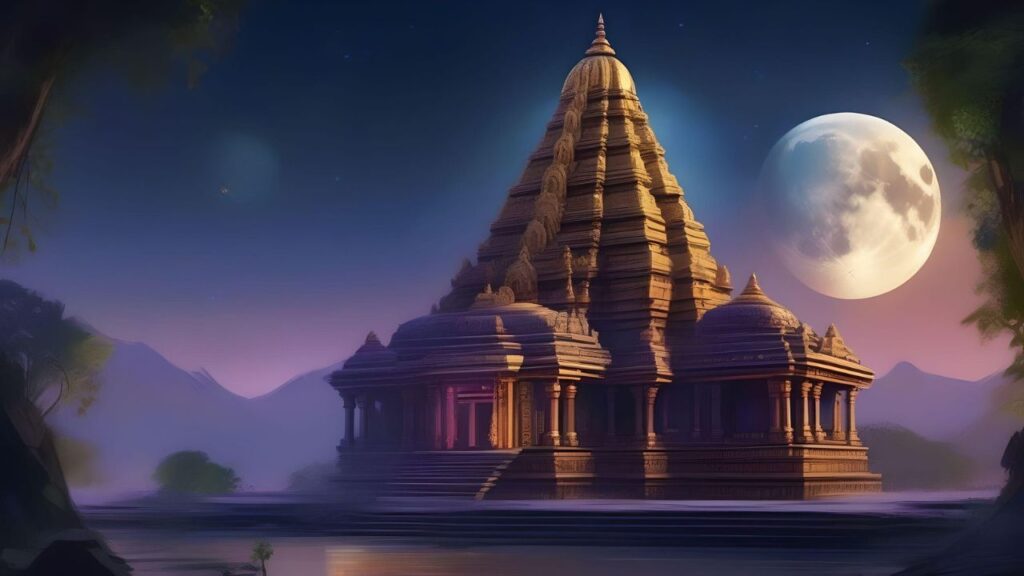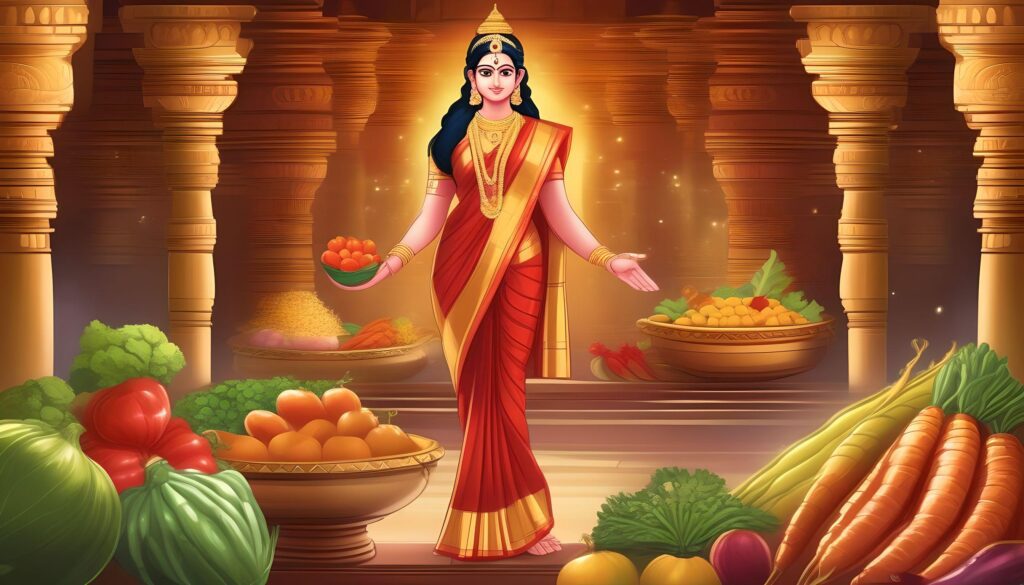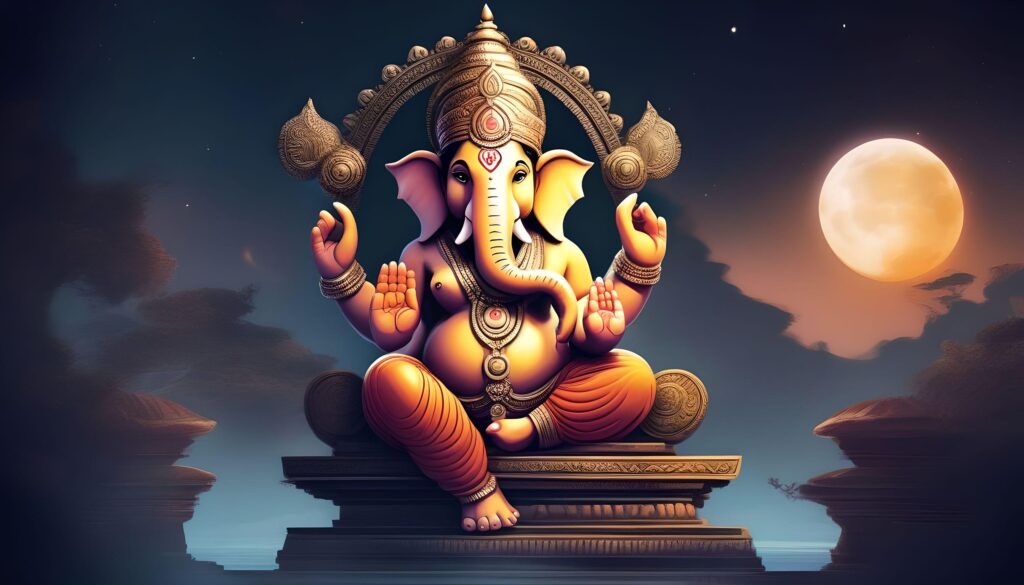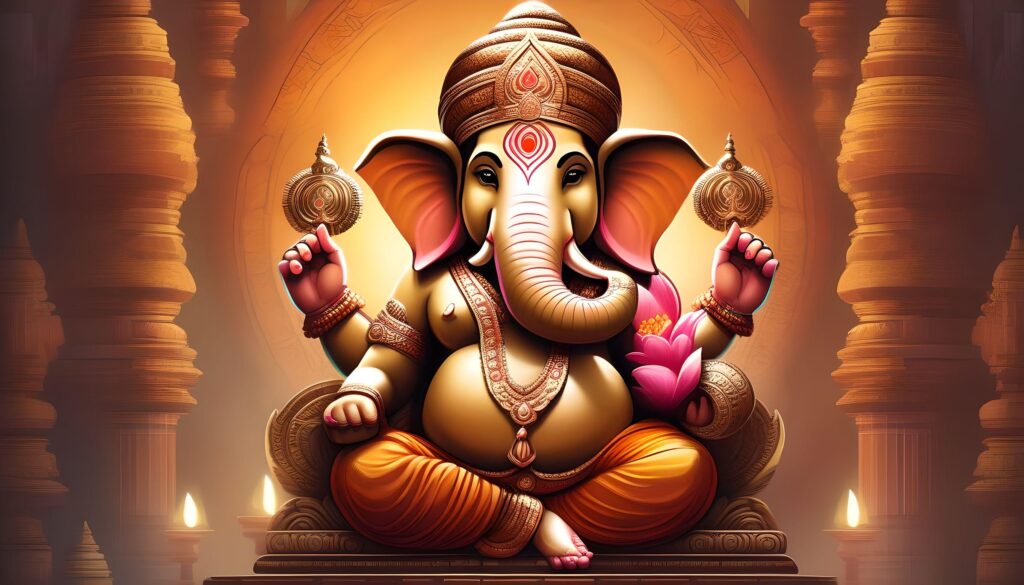Durga Puja: A Celebration of Indian Culture and Progressivism
Introduction
Durga Puja holds great religious significance in India, specifically within the Bengal region. The nation’s progressive spirit and abundant cultural heritage are on full display at this opulent festivity. Notwithstanding the prevailing right-wing national government, the festival persists in flourishing as an embodiment of the multifarious political and social ideologies that characterize India.
The Significance of Durga Puja
In the cultural metropolis of India, Kolkata, Durga Puja is commemorated with tremendous zeal and zeal. The city is animated for five days during this festival, during which its neighborhoods and thoroughfares are festooned with vivid embellishments and bathed in multicolored illumination. Celebrating the victory of good over evil, the festival is a merging of Mardi Gras and Christmas with a distinct cultural character.
The Legend of Goddess Durga
As per Hindu mythology, Goddess Durga personifies the epitome of bravery and divine strength. To vanquish the malevolent Mahishasura, the three principal Hindu deities—Brahma, Vishnu, and Shiva—generated her. Mahishasura and Goddess Durga’s conflict symbolizes the eternal struggle between virtue and evil. Durga Puja is an occasion to seek the goddess’s protection and prosperity through worship and reverence in remembrance of her triumph.
The Artistic Splendor of Durga Puja
An exceptionally enthralling facet of Durga Puja is the skill and ingenuity demonstrated in the construction of the idols representing the deity. Skilled artisans, frequently hailing from the renowned Kumartuli neighborhood in Kolkata, laboriously fashion the idols. The idols are fashioned from bamboo poles, clay, and additional materials; they are then exquisitely painted and embellished with elaborate designs. Festival attendees are entrusted with the divine presence of Goddess Durga in the form of idols.
Breaking Taboos and Promoting Social Change
In addition to being a religious celebration, Durga Puja serves as a forum for political and social commentary. As an effort to challenge societal taboos and address contemporary social issues, a number of pandals (temporary structures) are constructed. One pavilion, for instance, sought to dispel the taboo associated with menstruation in India. The installation showcased metaphorical depictions of fallopian tubes and menstrual receptacles in an effort to encourage open dialogue and greater consciousness regarding the health and empowerment of women.
Women Empowerment and Gender Equality
The Durga Puja is particularly auspicious for women due to its commemoration of the goddess’s might and vitality. Throughout the festival, female participants don vibrant traditional garments and actively engage in the observances and festivities. The significance of women’s empowerment and gender equality in Indian society is underscored by this inclusiveness. The festival affords women an opportunity to express their agency and question established conventions of society.
Cultural Extravaganza and Artistic Performances
An exhibition of art, music, and dance, Durga Puja transcends mere idol veneration. A multitude of cultural events are showcased at the festival, encompassing traditional dance performances such as the Dhunuchi Naach and the Dhaak (drum). Artists and musicians hailing from across the nation exhibit their prowess via an assortment of cultural performances and programs. During festive occasions, the streets of Kolkata are filled with the entrancing sound of music, which generates an enchanting ambiance.
Social Cohesion and Community Bonding
Participation in Durga Puja extends beyond individual households and into the community at large, fostering social cohesion and community bonding. A committee is formed by each neighborhood to collectively coordinate the festivities. The aforementioned sense of collaboration and cohesion enhances the communal structure’s social structure and fosters a feeling of inclusion among its constituents. Diverse religious and cultural affiliations unite individuals to partake in the festivities, fostering communal harmony and surpassing geographical boundaries.
Economic Impact and Tourism
Durga Puja exerts a substantial economic influence, extending beyond Kolkata to encompass various regions across India. A substantial number of spectators, spanning across national and global borders, are drawn to the festival in order to behold the splendor and cultural abundance of the festivities. The arrival of travelers invigorates regional enterprises, including hotels, restaurants, and handicrafts, thereby delivering an essential economic impetus. Moreover, the festival generates employment prospects for a diverse range of service providers, including artisans and decorators.
The Environmental Consciousness of Durga Puja
There has been an increasing recognition in recent years of the ecological consequences associated with Durga Puja festivities. Environmentally conscious practices are being advocated, including the utilization of natural materials in the creation of idols and the avoidance of hazardous compounds. Numerous pandals are additionally integrating topics pertaining to sustainability and environmental preservation. These initiatives demonstrate an increasing awareness of the critical nature of environmental protection and the preservation of our natural resources.
Conclusion
Durga Puja is a commemoration of Indian culture, progressivism, and social change in addition to being a religious festival. Unique and cherished throughout the nation, the festival is distinguished by its artistic brilliance, magnificence, and inclusive atmosphere. The Durga Puja serves as a testament to India’s abundant cultural legacy and its capacity to foster social unity and gender parity while embracing diversity. The festival’s ongoing development stands as a symbol of the Indian people’s tenacity and forward-thinking nature.
